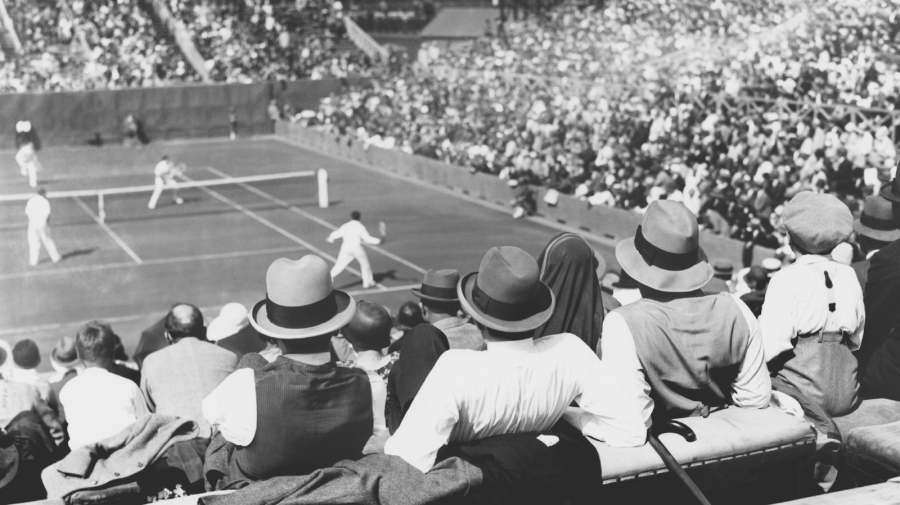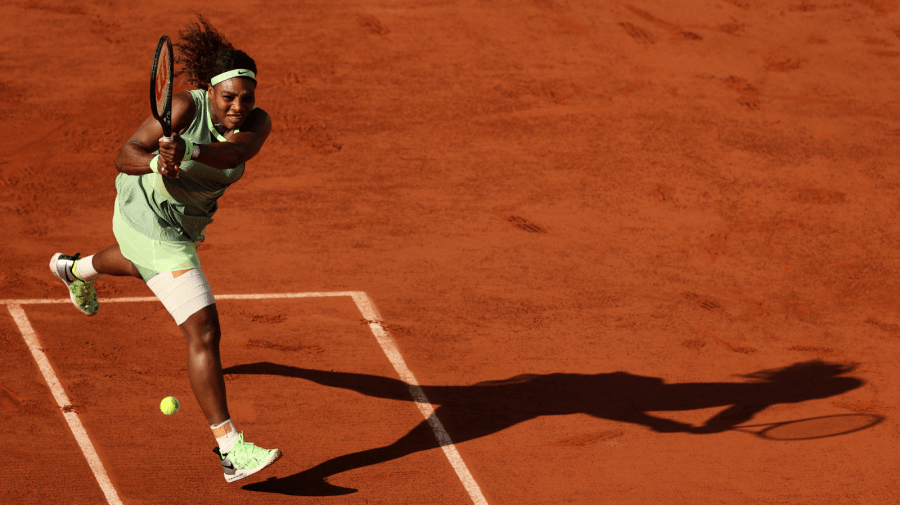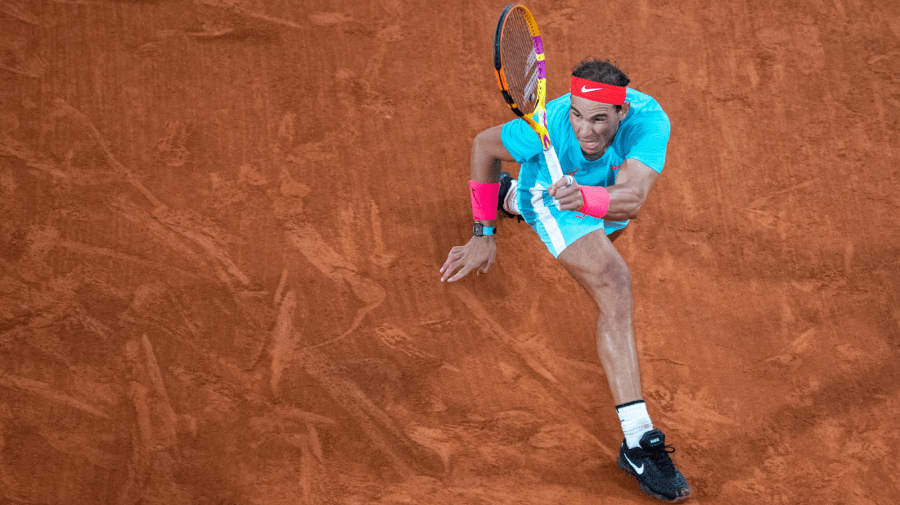
For Tennis fans, the four major tournaments — also known as the “Grand Slam,” since that’s what it’s called when somebody manages to win all four of them in a year — each have their own special appeal. Wimbledon in London, England is played on grass courts, which is tennis in its most original form. The U.S. Open in New York City is played on hard courts and has all the glitz and glamor of the Big Apple. The Australian Open — also a hard court tournament — is the first major of each year, and has become known as “The Happy Slam” because participants have such a good time there.
Still, it’s the French Open, also known as Roland Garros, that’s probably the most unique of the major tournaments. What we now know as the French Open began in 1891 as the French Championships. For the first few decades of its existence, the tournament was only open to French players, but starting in 1925 it became an international tournament. In 1928 the tournament moved to Stade Roland Garros, the stadium complex of tennis courts named after legendary French aviator and WWI hero Roland Garros.

But the French Open’s uniqueness has everything to do with the deep red clay court surface on which it’s played. The French Open draw — where the official field of 128 men and 128 women is set — has already taken place, and singles matches start on May 22. Before you get ready to watch those matches, let’s take a look at what makes the clay court so intriguing and why this year is so special for Rafael Nadal, possibly the greatest clay court tennis player — and maybe tennis player, period — of all time.
The Effects of Playing on Clay
Clay tennis courts, in general, are made of either crushed shale or brick in a thin layer on top of a series of other layers of increasingly larger stones to support drainage. These courts can often be less expensive to build than grass or hard courts, but they also require a more painstaking level of maintenance to assure that the clay is level.
The deep red of the crushed brick at Roland Garros is certainly part of the tournament’s aesthetic appeal — when it pops up on TV, if you’re a tennis fan, you immediately know what you’re watching. The clay’s most important factor though, in terms of the uniqueness of the tournament, is the degree to which it slows things down. Whereas on grass courts, the ball can skid a little while maintaining its speed, on clay courts, the ball slows down.

Beyond the slowness of the court, the clay’s surface allows players who are moving at a particularly fast speed to slide into their shots. The sliding, coupled with the way the ball slows down off the bounce, means longer rallies and more drawn-out points. This is why it’s said that the French Open is the most physically demanding major.
This combination of factors also means that the French Open favors players who are less traditionally dominant. The big, powerful servers who dominate on grass and hard courts don’t fare as well on clay. On the men’s side, of the 13 men who have won at least eight total majors, only Rafael Nadal (13), Bjorn Borg (6), and Ivan Lendl (3) have won the French Open more than twice. On the women’s side, it’s a little more well-balanced, but still of the 11 women who have won at least eight majors, only five have won more than two French Opens: Margaret Court (5), Steffi Graf (6), Helen Wills Moody (4), Chris Evert (7), and Monica Seles (3). Amazingly, of all those players, only Nadal, Borg, and Evert won the French Open more than they won any other tournament.
To take this idea a little further, the uniqueness of the French Open means that it’s the Grand Slam that gets won most often by players who never win another Slam. On the women’s side, in the past 30 years, seven women won a French Open as their only Slam, compared to two at the Australian Open, three at Wimbledon, and five at the U.S. Open. On the men’s side, five men won their lone Grand Slam at the French Open, compared to two at the Australian Open, two at Wimbledon, and five at the U.S. Open. Of course, on the men’s side, this is complicated by Rafael Nadal.
Rafael Nadal: The Greatest Clay Court Player of All-Time?
While it’s true, as we’ve seen, that the French Open has traditionally been the site of championships for new and surprising players, the outcomes over the past 20 years on the men’s side haven’t changed all that much. While lots of players have a claim when we’re discussing the greatest players ever — Serena Williams, Steffi Graf, Margaret Court, Novak Djokovic, Roger Federer, and Rafael Nadal among them — nobody has ever dominated a single tournament like Nadal has dominated the French Open.

Nadal seems like he was born to play tennis on clay. His incredible physicality, his ability to put absurd amounts of spin on the ball, and his endless stamina for returning serves and countering his opponents’ strengths make him a natural on the slow surface of a clay court. Nadal won his first Grand Slam at the French Open in 2005. Since then, he’s won it 13 of the 16 times he’s played at Roland Garros. No other man has won a Grand Slam tournament more than nine times (Djokovic at the Australian Open), and on the women’s side only Margaret Court’s 11 Australian Open wins comes close.
For Nadal to dominate any tournament to this degree would be impressive, but to dominate the French Open — which has generally been so friendly to unpredictability — might be one of the greatest feats ever seen in sports. Come June 5, if Nadal somehow wins the tournament again this year — no small feat, given that he lost to Djokovic in the 2021 semi-final — he will do so just days after his 36th birthday on June 3. That would make him the oldest man ever to win the French Open. Given that he was still a teenager when he won his first French Open back in 2005, that’s a pretty remarkable possibility, and just one more piece of trivia that makes the tournament at Roland Garros so special.

 Seth Landman
Seth Landman




